Birds are extraordinary creatures that have fascinated humans for centuries. Among the most captivating aspects of keeping exotic birds as companions is their remarkable ability to form deep emotional connections with their human caregivers. Unlike many pets, certain species of exotic birds can develop bonds that rival human relationships in their complexity and depth. These feathered companions recognize their owners, display affection, and even grieve their absence. This phenomenon isn’t merely anthropomorphism—science increasingly supports the reality of these cross-species connections. Let’s explore the fascinating world of bird-human bonds, examining why and how these intelligent creatures become so deeply attached to their human companions.
The Evolutionary Basis for Bonding

Many exotic bird species are naturally social creatures that evolved to live in flocks or family groups, making them predisposed to forming strong social bonds. In the wild, parrots and other highly social birds rely on these connections for survival, protection, finding food, and successful reproduction. When kept as companions, these birds often transfer their natural bonding tendencies to their human caregivers, essentially adopting them as flock members.
This evolutionary adaptation explains why species like African Greys, cockatoos, and macaws—all naturally social birds—tend to form the strongest attachments to humans. Their brains are wired for complex social interactions, including recognizing individuals, establishing hierarchies, and maintaining lifelong partnerships in some species.
Cognitive Capabilities That Enable Deep Connections
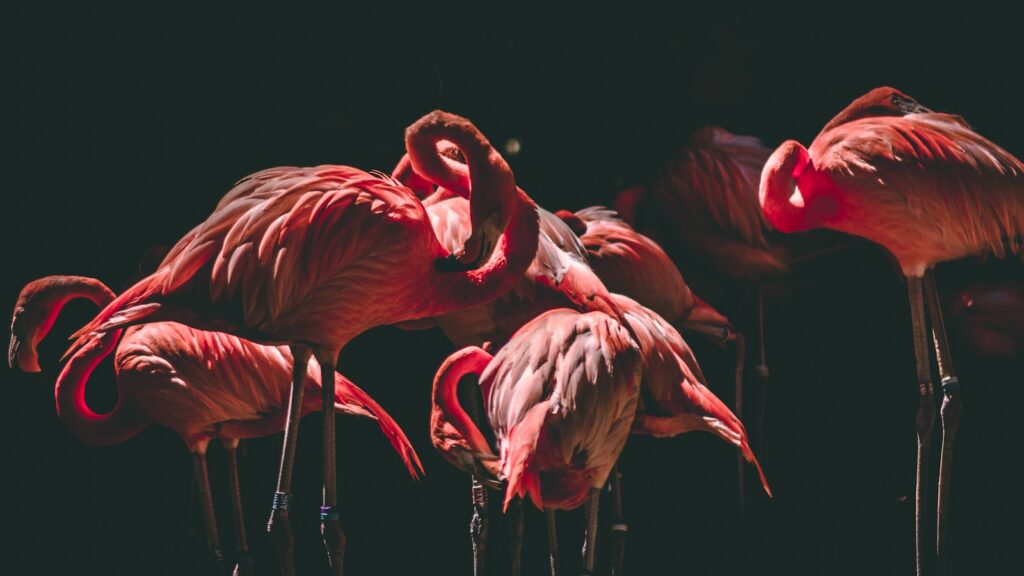
The exceptional cognitive abilities of many exotic bird species play a crucial role in their capacity to bond with humans. Parrots, for instance, possess cognitive abilities comparable to those of primates and young children, despite their last common ancestor with mammals living approximately 300 million years ago. This remarkable case of convergent evolution has equipped birds like African Grey parrots with problem-solving skills, language comprehension, and emotional intelligence that facilitates deep interpersonal connections.
Their ability to recognize human faces, interpret emotional cues, and remember past interactions creates a foundation for meaningful relationships. Some studies have even demonstrated that parrots can understand concepts of absence and presence, allowing them to miss their owners and celebrate their return.
The Lifelong Commitment Factor
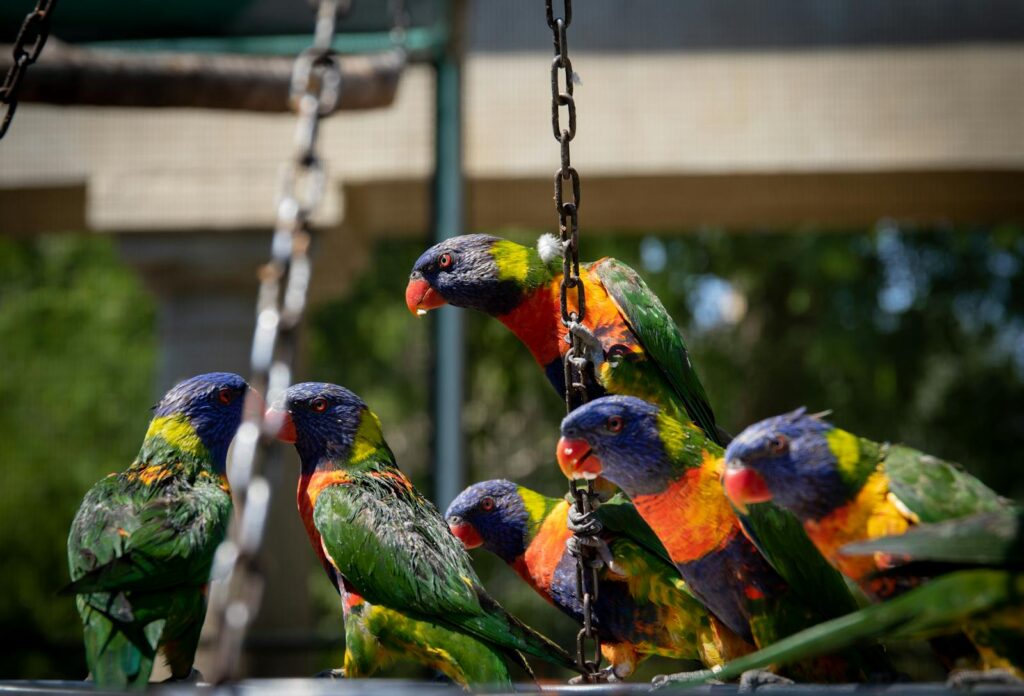
Many exotic bird species are remarkably long-lived, with some parrots regularly living 50-70 years or more in captivity. This extraordinary lifespan creates conditions where birds may form bonds with owners that last decades, often spanning significant portions of human lives. Unlike shorter-lived pets, these birds have time to develop increasingly complex relationships with their caregivers through years of daily interaction.
The extended lifespan means birds may form attachments comparable in duration to human marriages or parent-child relationships, creating uniquely enduring emotional connections. This time factor allows for a depth of familiarity and trust that continues to strengthen as years pass, with some elderly bird owners having companions they’ve interacted with daily for over half a century.
The Role of Early Socialization

Hand-raised birds often form exceptionally strong bonds with humans due to imprinting during critical developmental periods. When humans provide care during these formative stages, young birds may begin to identify more with humans than with their own species. This early socialization creates a foundation for deep trust and attachment that can persist throughout the bird’s life.
Like children who form secure attachments with attentive caregivers, birds that receive consistent, positive human interaction during development tend to become more confident, emotionally stable companions. Conversely, birds that miss this crucial socialization window or experience negative interactions during development may struggle to form healthy bonds later in life, highlighting the importance of responsible breeding and early handling practices.
Communication and Language Abilities
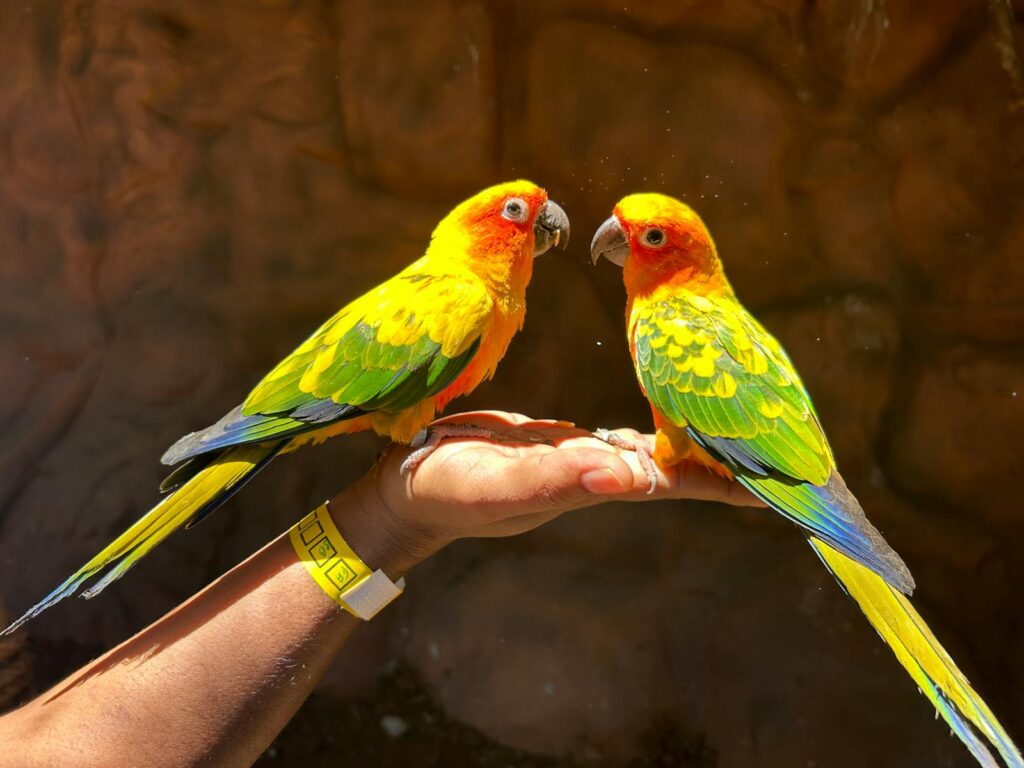
The capacity of certain bird species to learn human language and communicate with their owners creates extraordinary opportunities for connection. Beyond simple mimicry, studies have shown that birds like African Greys can understand the meaning of words, use them in context, and even formulate simple sentences to express needs or observations.
This linguistic bridge allows for two-way communication that few other animals can achieve with humans. When a parrot says “I love you” while displaying affectionate body language, or calls out an owner’s name when they enter the room, it creates powerful emotional responses in humans. This shared language, even if limited compared to human speech, facilitates deeper understanding and emotional resonance between species.
The Chemistry of Bonding

Scientific research suggests that the hormonal and neurochemical processes involved in bird-human bonding may be similar to those in human relationships. Birds that bond with humans show increased levels of oxytocin (the “love hormone”) when interacting with their preferred people, similar to the biochemical responses humans experience in close relationships.
Birds also experience dopamine release during positive interactions with bonded humans, creating reward pathways that reinforce the relationship. These biochemical similarities may explain why bird-human relationships can feel so authentic and meaningful to both parties. Some researchers believe birds may even experience emotions analogous to human feelings like attachment, jealousy, and grief, though expressed through species-specific behaviors rather than human expressions.
Species Variations in Bonding Capacity
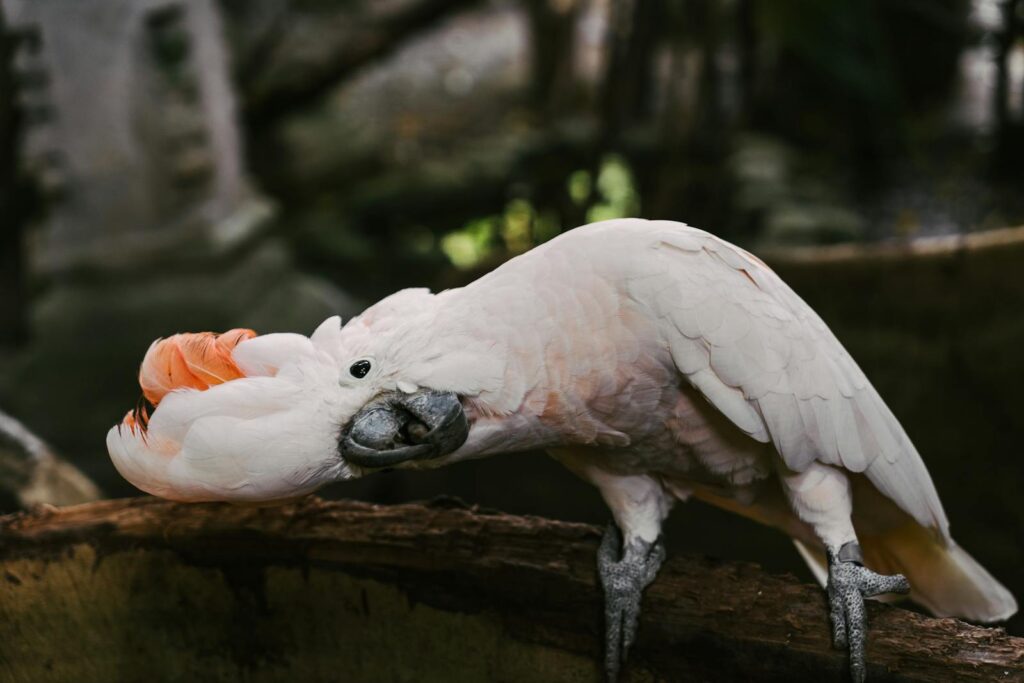
Not all exotic birds have equal capacity or inclination to form strong human bonds, with significant variation across species. Cockatoos are renowned for forming intense, sometimes problematic attachments to specific people, often bonding so strongly they reject other family members. African Grey parrots typically form balanced yet deep connections characterized by their remarkable ability to read human emotions and respond appropriately.
Macaws often develop strong family bonds, viewing their human household as their flock while maintaining more independent personalities. Smaller birds like cockatiels and budgerigars can form surprisingly deep attachments despite their size, though their expression of bonding may be more subtle than their larger counterparts. Understanding species-specific bonding tendencies is crucial when choosing a bird companion that matches one’s lifestyle and emotional expectations.
Physical Expressions of Avian Affection
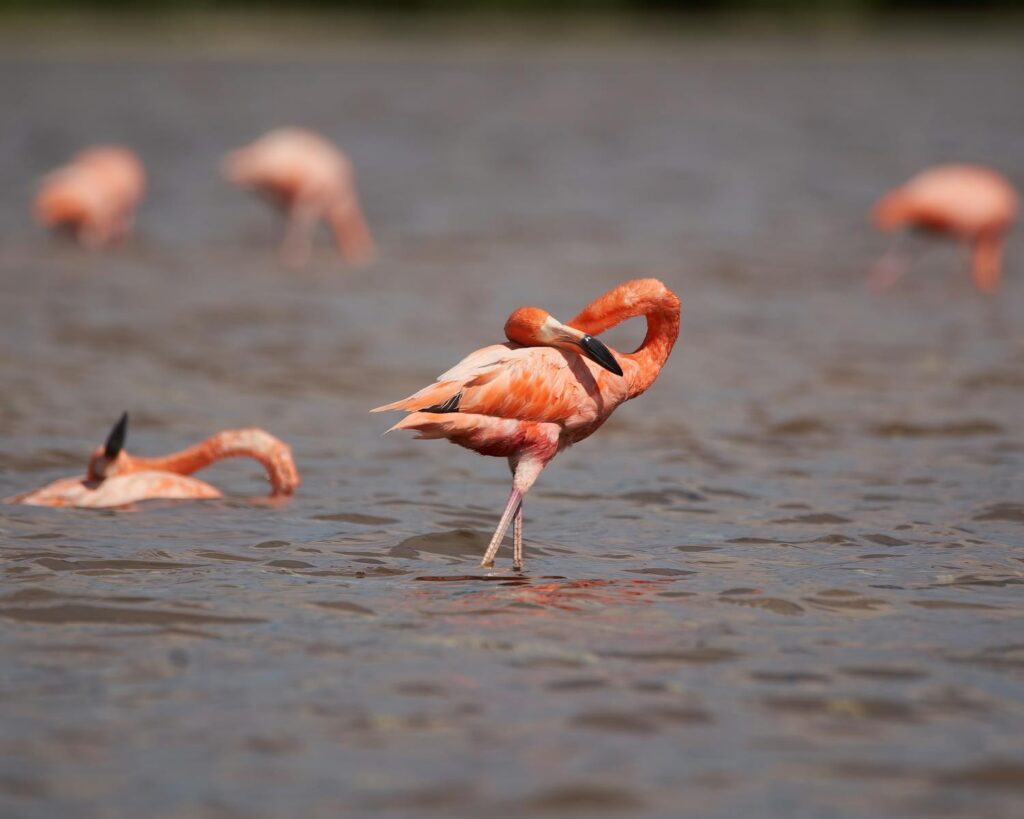
Bonded birds express their attachment through distinctive physical behaviors that owners learn to recognize as signs of affection. Mutual preening, where birds gently groom their human’s hair or beard as they would a mate’s feathers, represents a significant display of trust and closeness. Regurgitation, while potentially off-putting to humans, actually indicates extreme trust and affection, as birds typically only regurgitate food for mates or offspring in the wild.
Contact-seeking behaviors like snuggling against a person’s neck, requesting scratches, or positioning themselves to maintain physical touch during rest periods all demonstrate the bird’s desire for closeness. Even subtle behaviors like pupils dilating when seeing their favorite person (known as “pinning”) or fluffing feathers in relaxation around specific humans indicate the emotional significance of the relationship.
The Challenge of One-Person Birds

Some exotic birds become so intensely bonded to a single human that they develop what’s called “one-person bird syndrome,” creating both special connections and potential challenges. Birds with this tendency may show extreme devotion to their chosen person while displaying aggression, fear, or indifference toward others, including family members living in the same household. This intense selectivity stems from the bird’s natural inclination to form monogamous pair bonds in the wild, essentially treating their preferred human as their exclusive mate.
While the depth of connection with the chosen person can be extraordinarily rewarding, it can create household tensions and welfare concerns if the primary caregiver becomes unavailable. Training techniques involving positive reinforcement from multiple handlers can sometimes help broaden a bird’s social acceptance, though the primary bond typically remains strongest.
The Grief Response in Bonded Birds

Perhaps the most compelling evidence of birds’ emotional depth comes from their responses to separation from bonded owners. Birds that lose their human companions through death, rehoming, or extended absence often display profound grief responses including appetite loss, reduced vocalization, self-destructive behaviors like feather plucking, and visible depression. These responses mirror grief behaviors seen in wild birds that lose mates or flock members, suggesting the relationships with humans trigger similar emotional attachments.
Veterinary literature documents cases where birds have taken months or even years to recover from losing a bonded owner, with some never fully returning to their previous behavioral state. These observations have led many avian veterinarians to recommend making provisions for birds’ emotional welfare in estate planning, including introducing potential new caregivers gradually while the primary owner is still present.
The Mutual Benefits of Strong Bonds
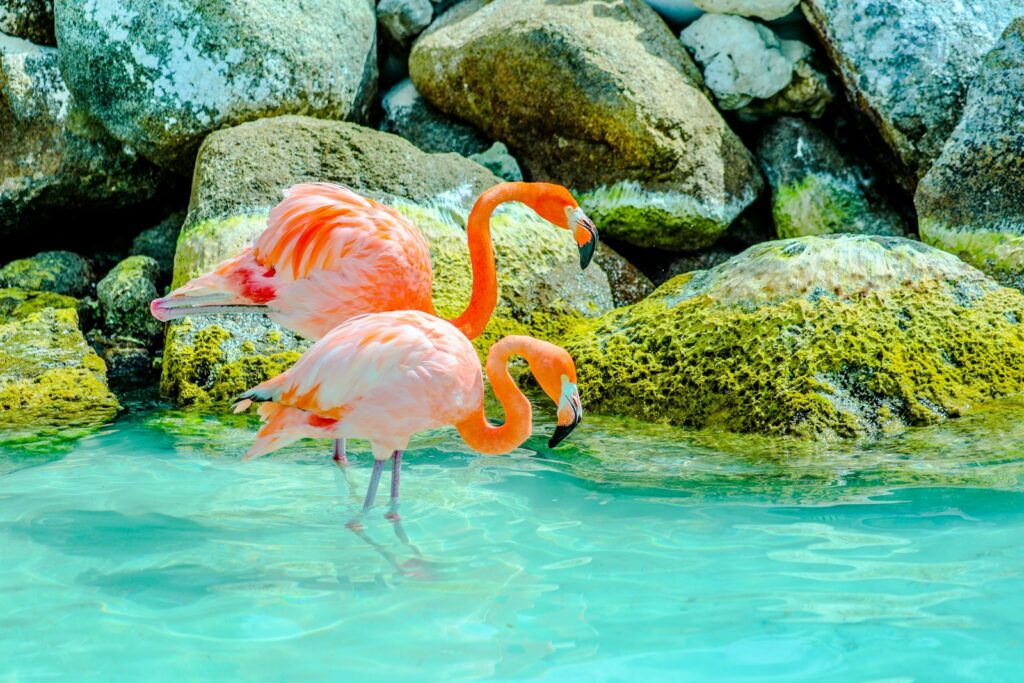
The emotional connections between exotic birds and their owners provide significant benefits to both species when managed responsibly. For humans, bonded birds offer companionship that can reduce loneliness, lower blood pressure, and provide meaningful social interaction, particularly valuable for people living alone or with limited social connections. Birds receive environmental enrichment, mental stimulation, and security from these relationships, often showing better physical health and fewer behavioral problems than their less-bonded counterparts.
Studies suggest that the emotional satisfaction of the human-bird relationship directly impacts the likelihood of owners providing optimal care, creating a positive feedback loop that benefits the bird’s welfare. Unlike some human-animal relationships where benefits flow primarily to the human, well-managed bird bonds appear to create genuine mutual advantage.
Ethical Considerations in Forming Deep Bonds

The capacity of exotic birds to form profound attachments raises important ethical questions about responsible ownership. Because these intelligent animals can develop emotions comparable to human attachment, the decision to bring one home carries significant moral weight regarding commitment to their lifetime care. Owners must consider provisions for birds that may outlive them, including detailed care instructions and potential sanctuary arrangements.
The emotional needs of birds require consistent time investment that many busy households struggle to provide, making honest lifestyle assessment crucial before acquiring a bird. Some avian behaviorists argue that certain species with the highest bonding capacity and intelligence, like cockatoos and African Greys, may be fundamentally incompatible with typical pet ownership arrangements due to their extreme needs for attention and stimulation. These ethical dimensions highlight why exotic bird ownership requires more forethought than many other companion animal relationships.
Conclusion
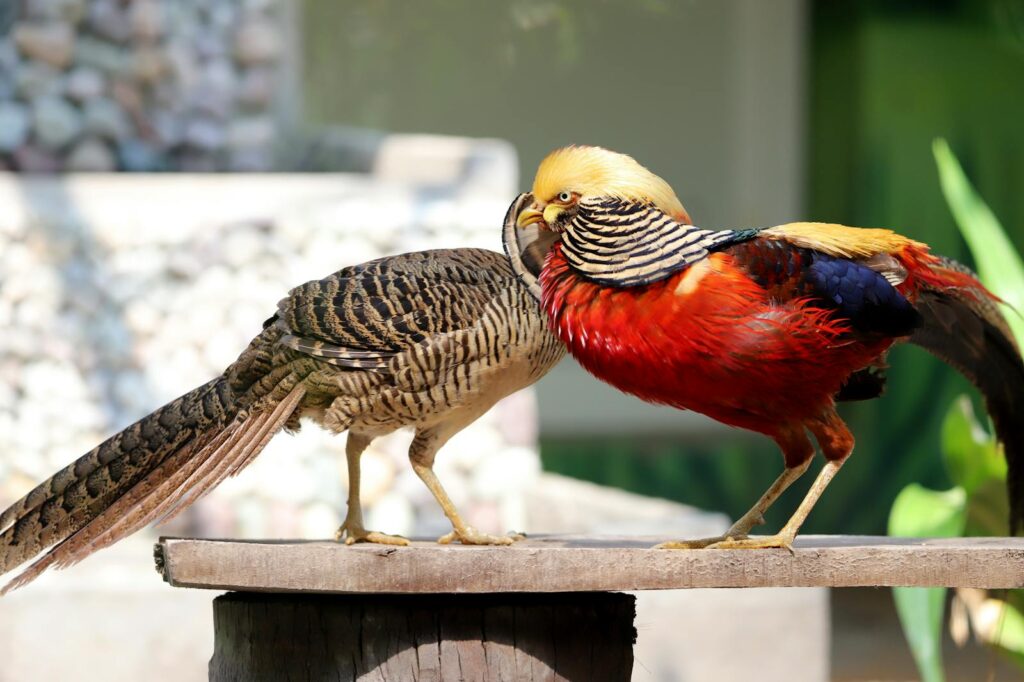
The profound bonds that form between exotic birds and their human companions represent one of nature’s most fascinating cross-species connections. Rooted in evolutionary adaptations, cognitive capabilities, and biochemical processes, these relationships transcend simple pet ownership. They create genuine emotional partnerships that can last decades and deeply affect both parties. For those willing to make the substantial commitment these intelligent creatures require, the reward is a relationship unlike any other in the animal kingdom—one characterized by mutual recognition, communication, and authentic affection. As science continues to unveil the remarkable cognitive and emotional lives of birds, we gain ever greater appreciation for these feathered beings who choose to share their hearts, as well as their cages, with us.



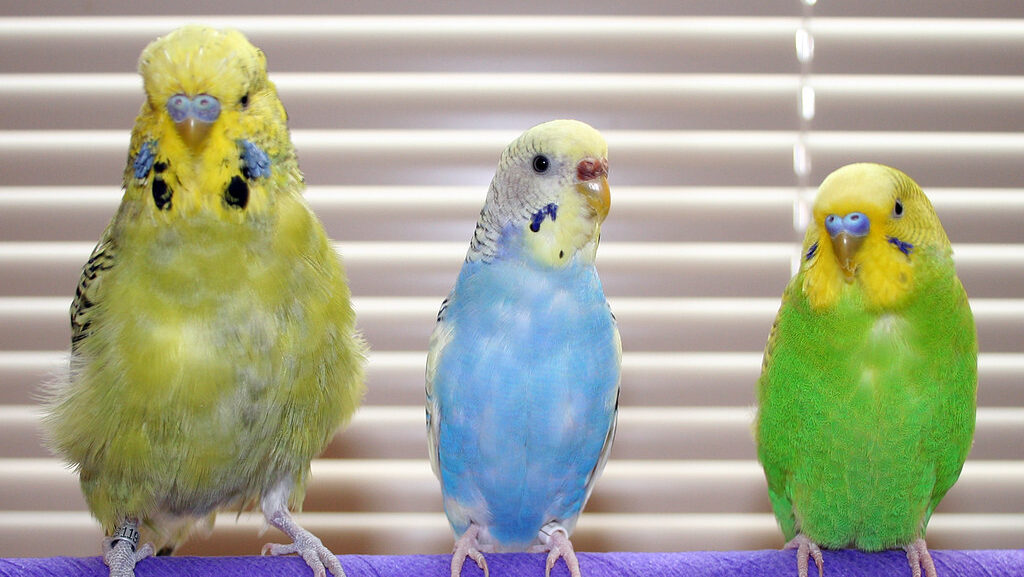

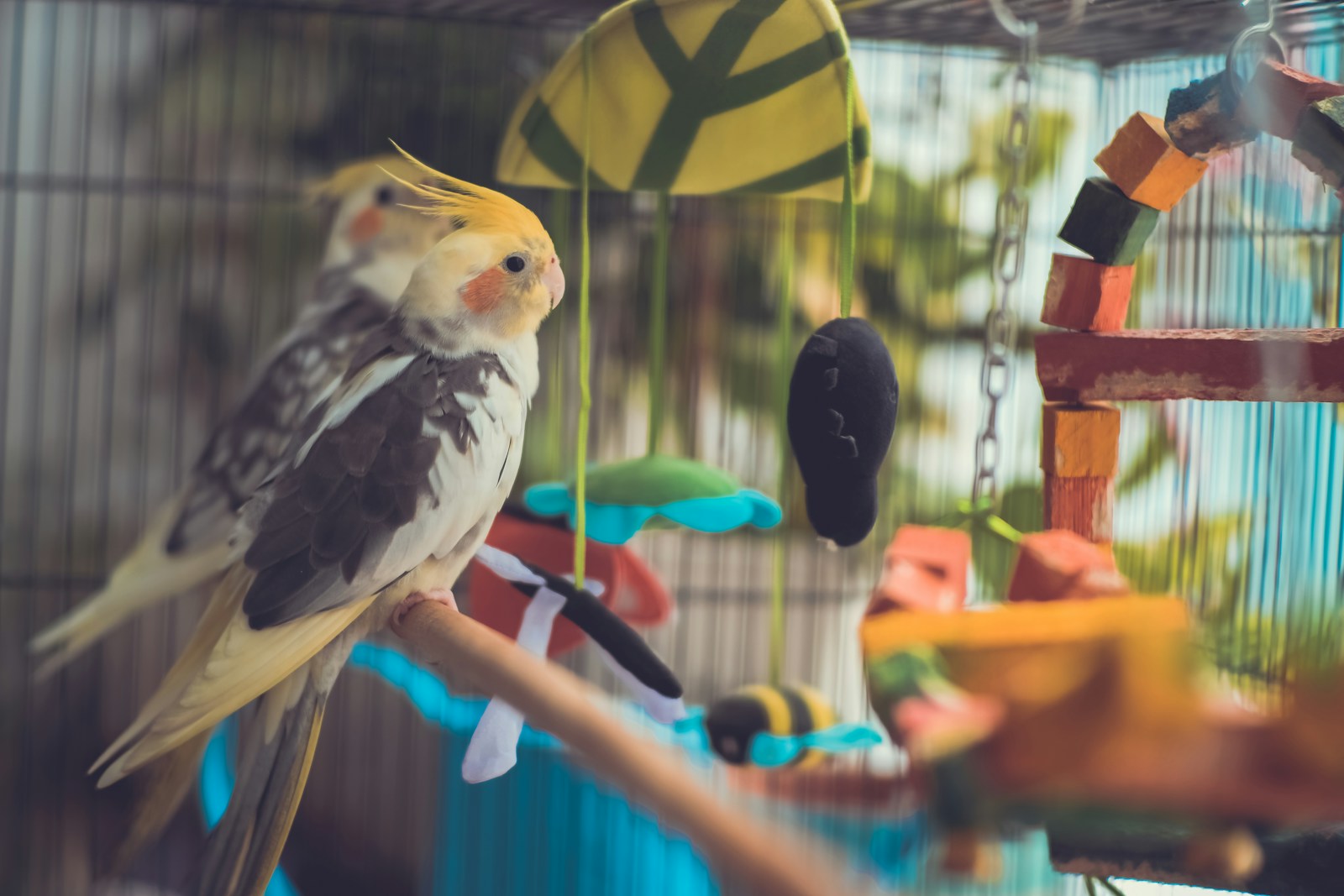
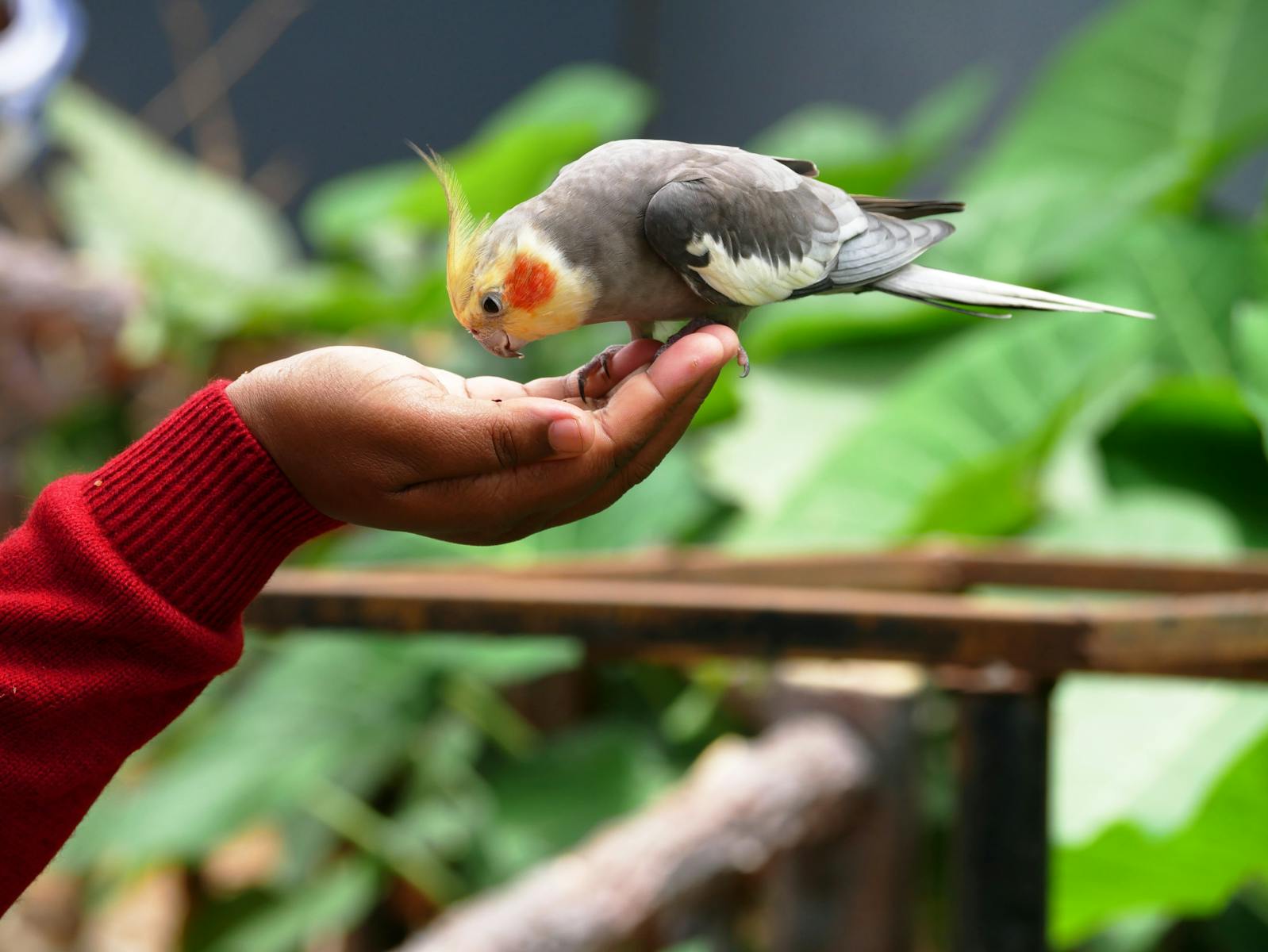
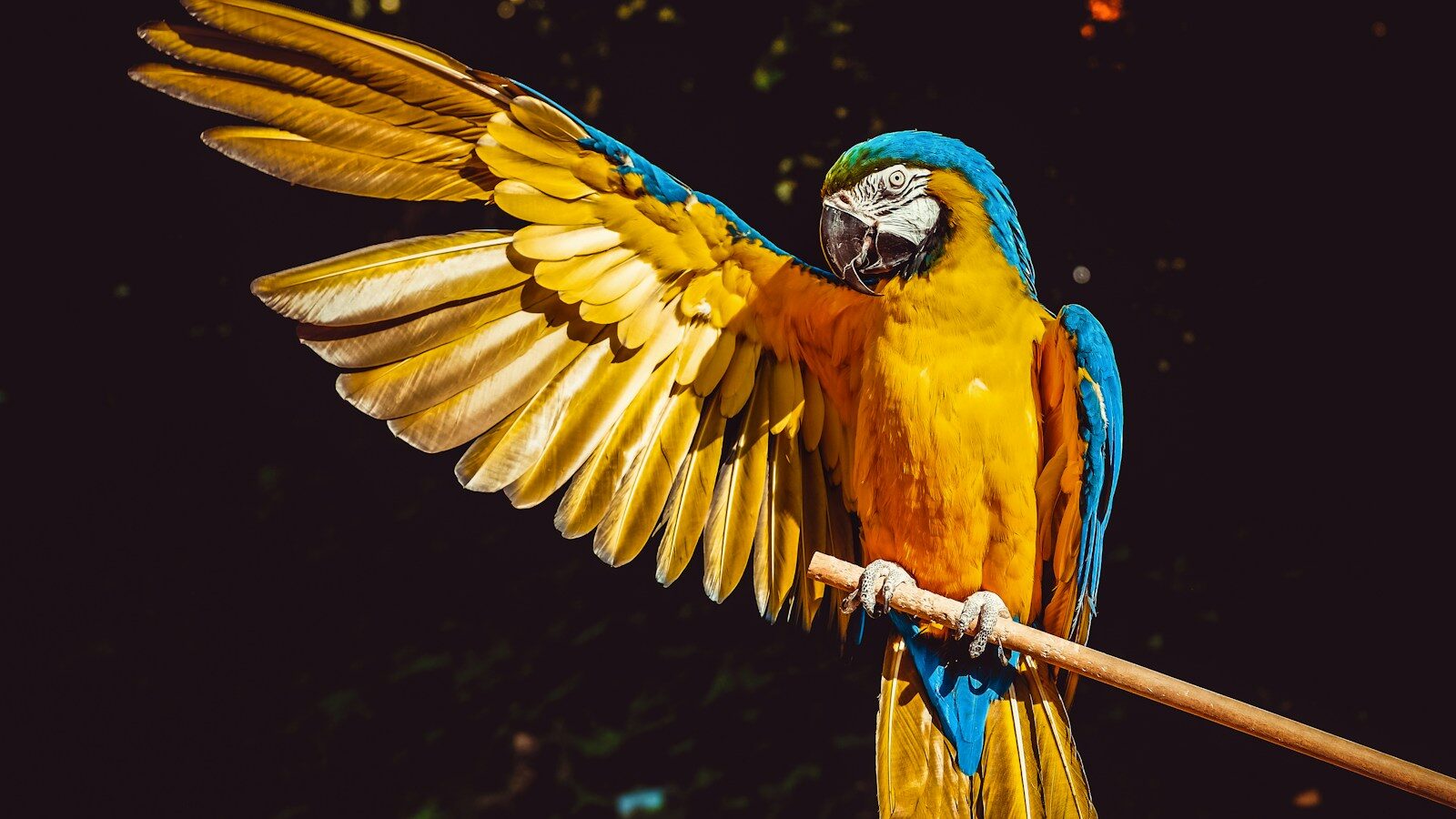

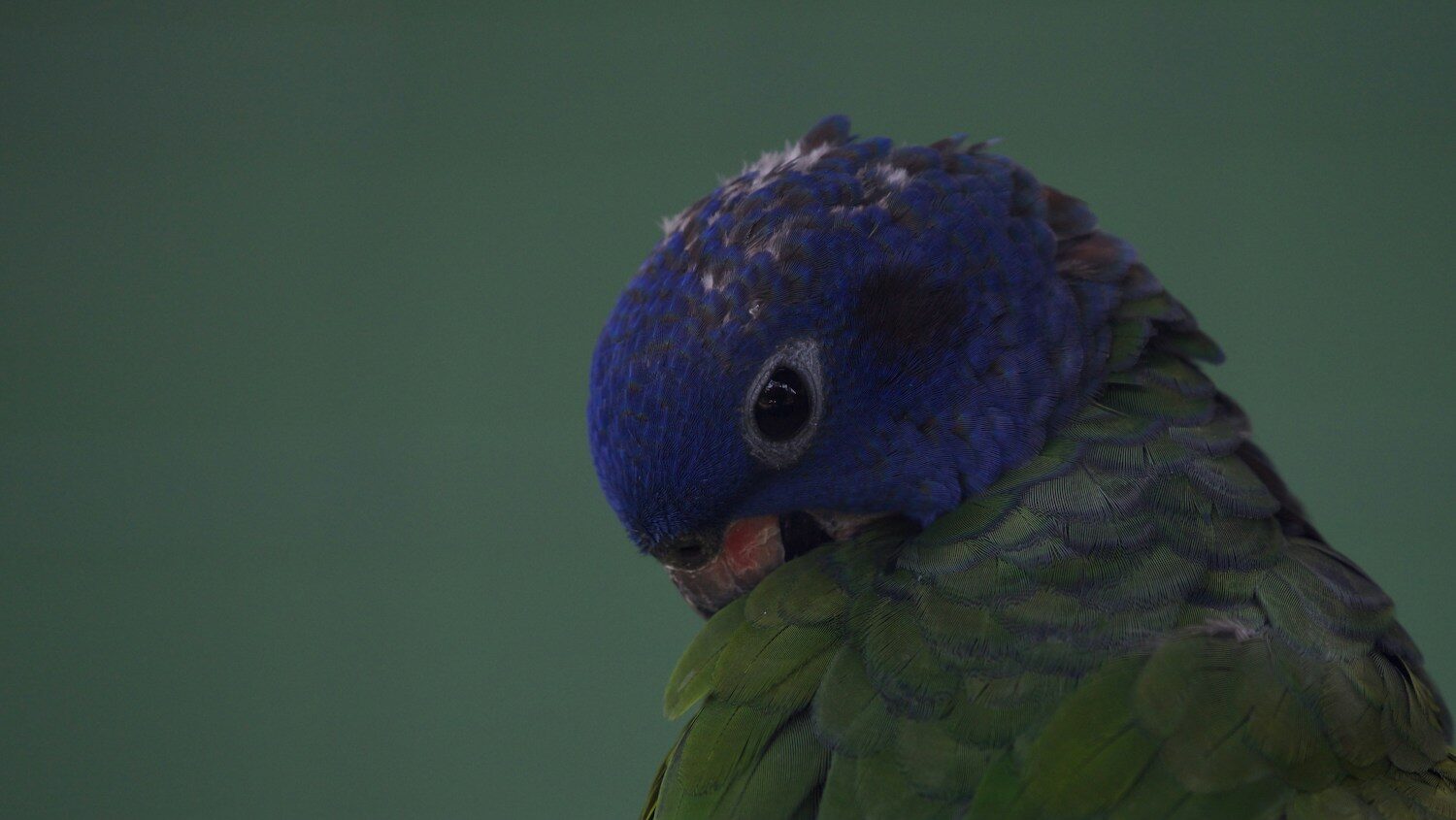

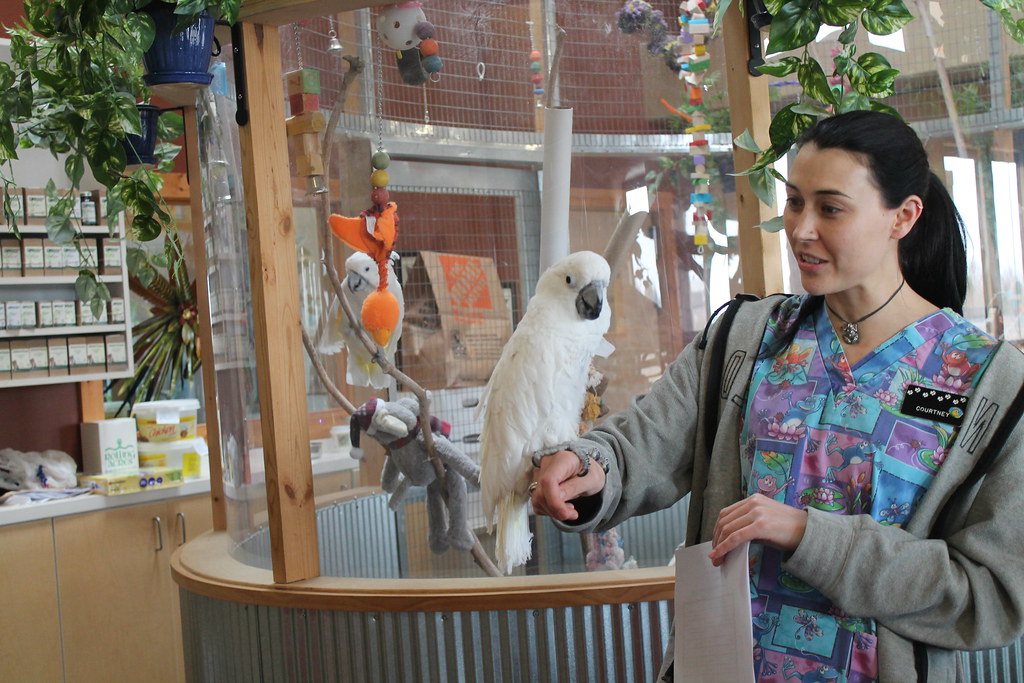




Leave a Reply